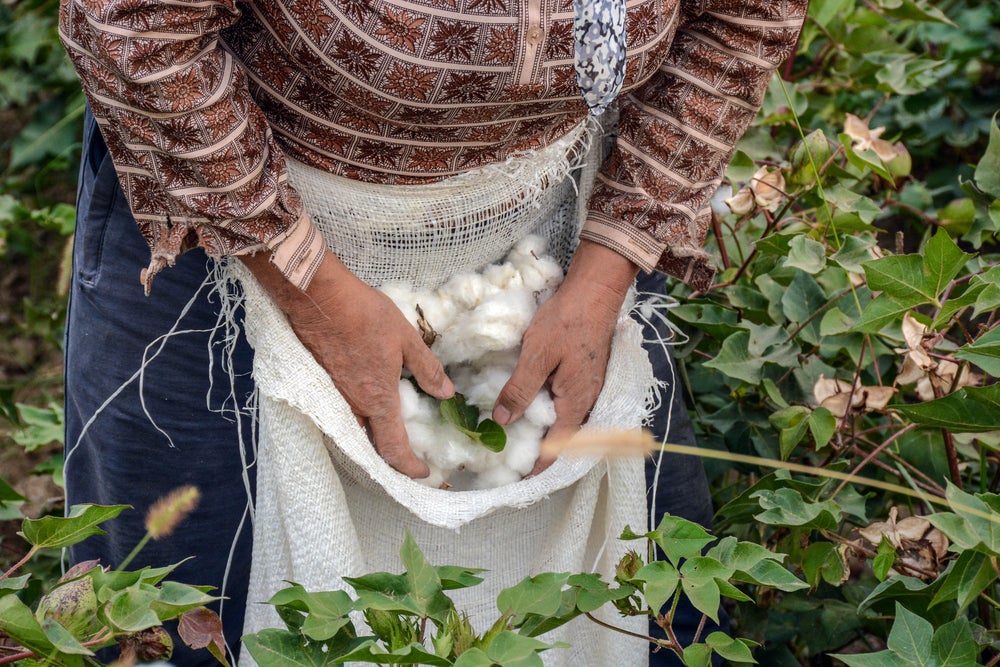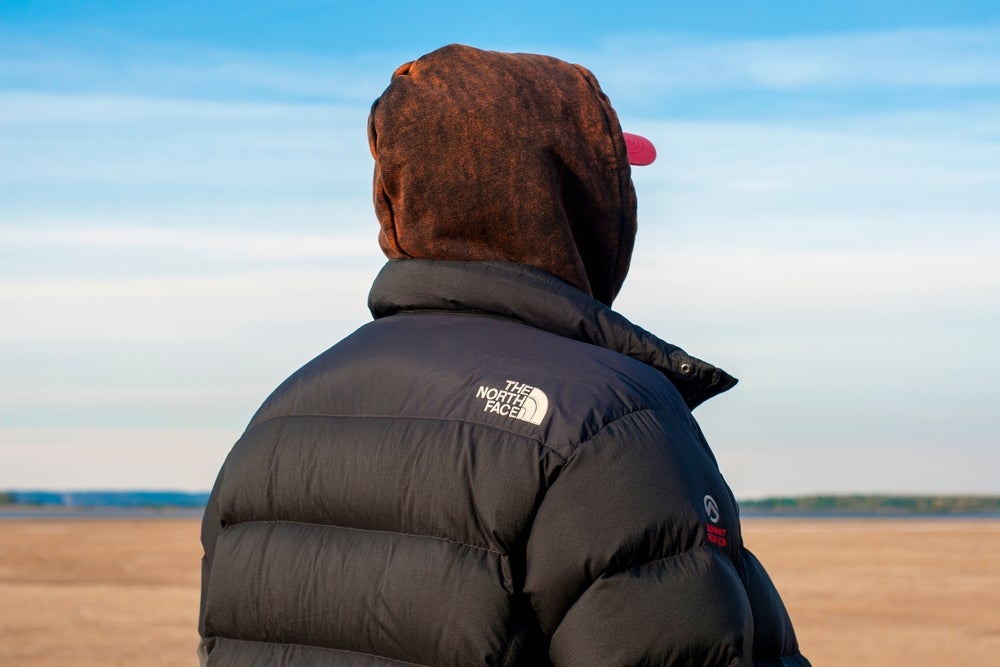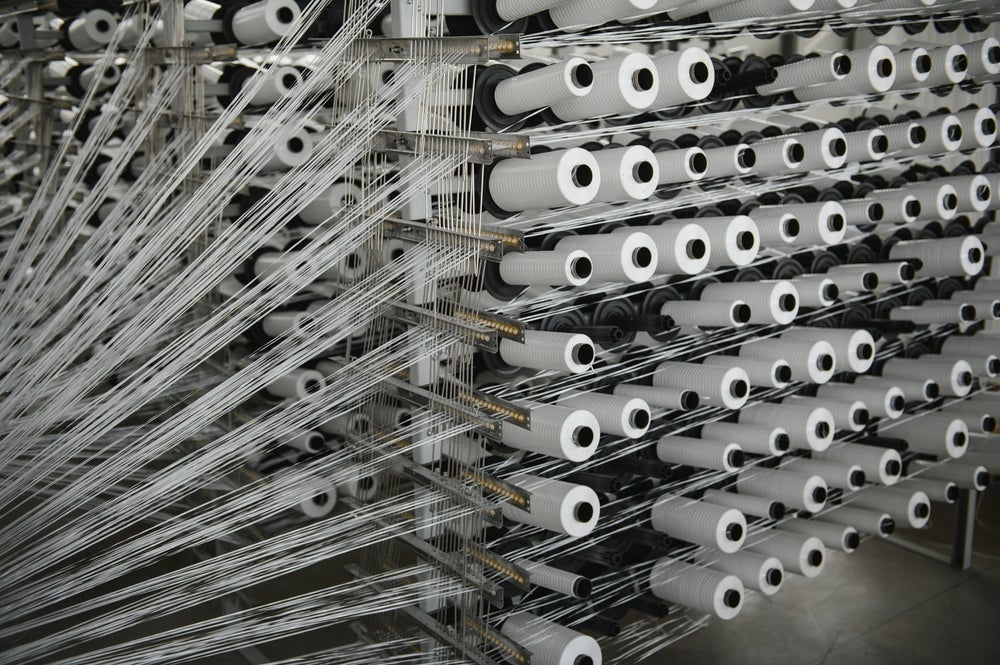Outdoor apparel and footwear company Columbia Sportswear saw sustainability and social responsibility pressured during 2019 as a result of a shift in its sourcing strategy.
The company has published its 2019 CSC Corporate Responsibility Report which assesses work accomplished in 2019 by its four primary brands – Columbia, Sorel, Mountain Hardwear and prAna.
How well do you really know your competitors?
Access the most comprehensive Company Profiles on the market, powered by GlobalData. Save hours of research. Gain competitive edge.

Thank you!
Your download email will arrive shortly
Not ready to buy yet? Download a free sample
We are confident about the unique quality of our Company Profiles. However, we want you to make the most beneficial decision for your business, so we offer a free sample that you can download by submitting the below form
By GlobalDataAmong the highlights:
- Used 100% Responsible Down Standard certified down used across all brands.
- 50% of apparel materials for the Columbia brand and Mountain Hardwear were sourced from Bluesign certified facilities
- 36% of materials for prAna were sourced from Bluesign certified facilities
- 95% of leather sourced for the Columbia brand and Sorel was from Gold or Silver-rated LWG certified tanneries
- 9% reduction in emissions in North American operations from 2018
- 390-plus unannounced audits conducted at manufacturing partner facilities
- Tier 1 licensee and international distributor facilities added to Transparency Map
However, it did report challenges in certain areas including carbon emissions reduction and accountability in its supply chain.
Overall, the group reported a 30% increase in aggregate GHG emissions from Tier 1 manufacturing partners from 38,107 metric tonnes (MT) CO2e in 2018 to 49,419 MT CO2 e in 2019. It attributed the change to an increase in the total volume of units produced in 2019.
It also saw emissions increase in Vietnam and India and decrease in China, Chinese Taipei and Indonesia. This is largely due to shifts in sourcing strategy. In 2019, the primary fuel source driving GHG emissions at Tier 1 manufacturing partners was grid electricity consumption (49%) and onsite power generated from coal (33%). Moving forward, Columbia says it will focus on working with specific manufacturing partners to reduce energy consumption and explore alternate fuel sources.
Meanwhile, the company did see a decrease in greenhouse gas emissions (GHG) in its owned and operated facilities. In North America, GHG emissions from owned and operated facilities were 12,398 metric tonnes (MT) CO2e in 2019, a 9% absolute reduction from 13,645 MT CO2e in 2018. The decrease in emissions was largely due to realised efficiencies from investments in lighting retrofits and other strategic energy management practices.
On the people front, the company uses a scorecard to assess manufacturing partner facilities’ social responsibility performance and compliance. The scorecard addresses audit performance, remediation efforts, management systems and transparency.
Scorecards are updated monthly and shared with manufacturing partners and internal sourcing teams to inform seasonal sourcing decisions.
The majority of Columbia’s audit performance data comes from unannounced audits completed by internal SMP auditors as well as designated third-party audit firms who are trained to its standards. The firm also utilises data from audits and assessments performed by ILO’s Better Work programme, the Social and Labor Convergence Program, the Fair Labor Association and a handful of other brands with whom it has built strong relationships. All data is scored according to its SMP grading matrix. In 2019, it incorporated performance data from 394 audits and assessments, of which 220 audits were completed by its internal team.
“Through this data we saw an increase in manufacturing partner facilities moving from A and B ratings to C ratings. We also saw 2% of manufacturing partner facilities move down to an F rating.
“The change in these ratings was primarily due to a largescale shift of manufacturing out of China to other countries which created capacity constraints at certain manufacturing facilities located outside of China. We recognise the risks associated with the changes in the ratings and have worked with our internal sourcing teams and manufacturing partners on progress improvement plans. For facilities receiving F ratings we took substantive and immediate action by reducing or ceasing production at these facilities. Once issues are adequately addressed, we will reassess production at these facilities.”








